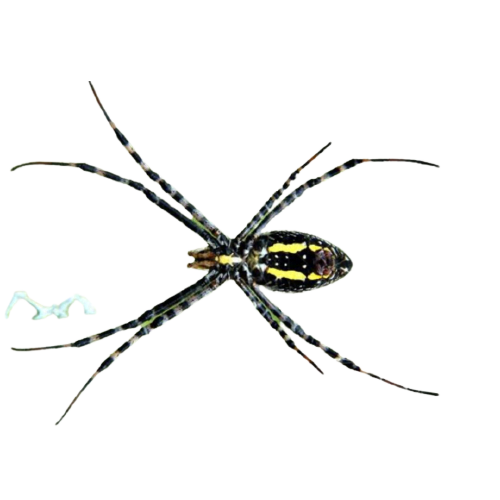
Unraveling the world of spiders
Spiders, classified as Arachnida in the order Araneae, are commonly found as pests in households. With around 50,000 species worldwide, their harmless nature is often overshadowed by their creepy appearance, which triggers fear and even phobias in humans. The mere presence of these creatures in kitchens and bathrooms can lead people to avoid using those spaces until the spider is gone.
Spiders come in various sizes, shapes, and colors, often residing in corners, ceilings, basements, windows, and under furniture. While it’s a fact that some spider species are venomous, not all pose a threat to humans. They employ their venom for self-defense against predators and to aid in digesting their prey. In rare cases, certain spider species may cause discomfort and other health issues.
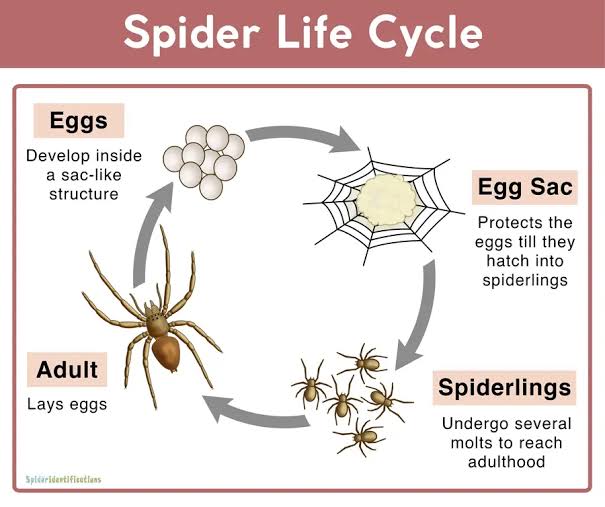
Life Cycle of Spiders
It starts with eggs laid in a silken sac, safeguarded by the mother. Upon hatching, spiderlings emerge, going through molts to grow. Maturing, they weave intricate webs, capturing prey for sustenance. The life cycle continues as they reproduce.
The egg sac serves as a protective barrier for the eggs, shielding them from predators. Female spiders may carry the sac with them or attach it under leaves or in concealed spots.
At this stage, the young spiders are known as spiderlings. They bear a resemblance to miniature adult spiders and undergo several molts as they continue to develop.
After undergoing multiple molts, the spiderlings eventually reach their adult stage. At this point, they become fully independent and begin their solitary lives.
Types of Spiders
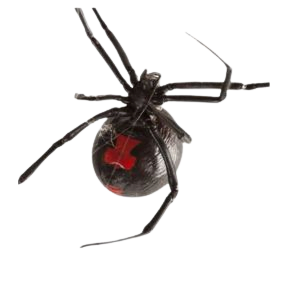
The Black Widow spider boasts a shiny black body adorned with a red or orange mark on its abdomen. These venomous creatures are typically located in dark areas and can induce symptoms such as muscle pain and nausea in certain individuals.
Black Widow Spider
Named for their remarkable jumping abilities, Jumping spiders possess forward-facing eyes that grant them sharp vision. Often found in gardens, they pounce on small insects with precision.
Jumping Spider:
Cellar spiders, recognizable by their long, thin legs and small bodies, commonly inhabit dark and damp places.
Cellar Spiders: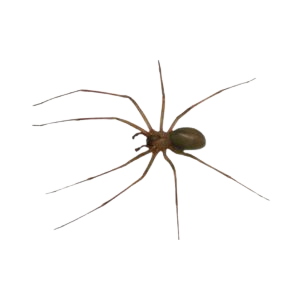
Easily identifiable by the violin-shaped mark on their backs, Brown Recluse spiders are dark brown in color. While their venom may cause irritation in humans, they can be found in bathrooms and basements.
Brown Recluse Spider: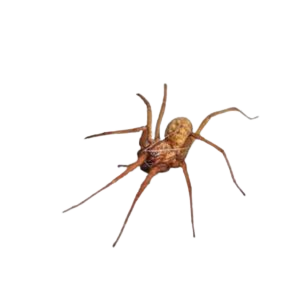
House spiders, varying in size from small to medium, are a ubiquitous species found in homes. Harmless to humans, they tend to occupy ceilings and corners within houses.
House Spiders:Overcoming spider infestation
Addressing a spider infestation promptly is key to avoiding further complications. Spiders can lay hundreds of eggs at a time, rapidly increasing their numbers if left unchecked. Moreover, some spider species can carry venomous bites, posing a potential risk to residents.
In Dubai, Al Rasa Pest Library Services offers a reliable solution for tackling spider infestations effectively. With their expertise and experience, they can thoroughly inspect your premises, identifying even the most hidden spider populations. Their specialized techniques ensure that no corner of your home goes unnoticed. From common house spiders to more elusive species, their skilled professionals can tailor solutions to your specific needs.
Frequently Asked Questions
Not all spider species are harmful. While some spiders are venomous and pose small health risks to humans, many others are harmless and even beneficial as they prey on other pests.
Signs of a spider infestation include:
- Presence of spider webs in various areas of your home
- Spiders crawling around your living spaces
- Visible egg sacs in corners or hidden spots
To prevent spider infestations, consider the following measures:
- Regularly clean your home, paying attention to ceilings, windows, and corners.
- Seal cracks and crevices in walls and floors to reduce entry points.
Dealing with a severe spider infestation can be challenging. It’s advisable to seek help from professional pest control services.
Their experience and expertise will enable them to effectively address the issue and implement appropriate solutions.
Some interesting facts and information about Spiders.
- Spiders can produce silk from spinnerets, which helps them create webs to catch prey and make egg sacs.
- Not all spider webs are the same; different spider species build various types of webs.
- The silk spiders produce is remarkably strong, with some fibres being stronger than steel of the same diameter.
- There are approximately 48,000 recognized spider species worldwide.

Female spiders lay thousands of eggs enclosed in a silk sac, marking the beginning of their life cycle. These eggs are destined to hatch within a short period of time.